Seeing a soccer game at La Liga's Atlético Madrid combines great football with all that…
Groundhopping at Rayo Vallecano

Say “Madrid” and “football” (or soccer) to most people, and they naturally think of one big club, Atletico Madrid, and one intergalactic one, Real Madrid. In fact, this season there are four La Liga teams in greater Madrid: those two, Getafe out in the southern suburbs, and Rayo Vallecano, our destination for today.
To see a game at Rayo Vallecano is to step back into the past and away from the glamour, to a time and place where the community gets together at the local stadium to sing and cheer, and maybe meet the players before the game. It’s affordable, passionate soccer that seems to have things in a proper perspective.
History of Rayo Vallecano de Madrid
Known as a “yo-yo club” for their promotions and relegations over the years, Rayo were founded in 1924 and, in 1949, added a diagonal red stripe to their shirt in an homage to Argentine giants River Plate. They never made the top division in Spain until 1977, when they had a run of three years there as well as reached the quarterfinals in the domestic Copa Del Rey.
Since the 1989-90 season, when they got back to La Liga (or the Primera Divisíon), they have been through 14 promotions and relegations, or a rough average of changing leagues every two years. They were even in the third tier (then the Segunda Divisíon B) from 2004 to 2008.
After the 2020-21 season, they qualified through the playoffs for La Liga in 2021-22, which is when and where I saw them. But as this excellent article in The Guardian states, saying “they qualified and are in La Liga” is kind of an understatement; the club has been a mess of late, in financial and practical terms, with a crumbling stadium and incompetent ownership, but when I visited they were in European places, unbeaten at home halfway through the season, had beaten Barcelona at home, and had taken more shots on goal than all but one team in the league!
Their neighborhood, Vallecas, is just southeast of Madrid’s center, and has long been known as a working-class, politically left-leaning area. As such, the club’s supporters similarly lean left, often displaying anti-fascist symbols, and an antifascist ska band provides a couple of the club’s anthems. One game was even called off at halftime because home fans were chanting that a player on the other team was a Nazi.
Some Americans may recognize the word rayo, which translates as lightning, from the brief life of Rayo Oklahoma City of the North American Soccer League. This was Rayo Vallecano’s effort at exposing themselves to the American market, but the purchase of that team’s majority share fell apart after one year, and Rayo OKC folded.
Rayo Vallecano’s Stadium, Estadio de Vallecas
The name alone tells you something about the place and the club: Vallecas is just the neighborhood where the stadium is located. No sponsor name, no glorified individual from the past, just a place where people gather to watch some football.
It opened in 1976 and has just over 17,000 seats in two main stands and one small stand behind a goal. Behind the other goal there is no room for seats, as a wall and a narrow walkway are all that separates the pitch from two apartment buildings. In the basement there is a boxing gym and a chess club. Outside the main stand is a street with cafes, restaurants, bars, and a lovely park a short distance away with views over the city.
The stadium apparently is in sad shape, but all I noticed along these lines was that no food was being served and the bathrooms were portable. I assume this was somehow related to Covid, but maybe not!
The singing, bouncing rowdies are behind the goal, and the north stand will be the one in the sun. So if you want to see the action, enjoy the bouncing from a safe distance, and not have the sun in your eyes, go for the south stand.
Rayo Vallecano game day tips – directions, food, drink
Getting to Rayo Vallecano could not be easier: Before you even reach street level from the Portazgo Metro Station, you’ll see the underside of one stand. And Portazgo is on a main line connecting Puerta del Sol in the tourist center of the city. A roundtrip, if you prepay for a 10-journey pass on a travel card, is 2.50 Euro.
Once there, you’ll be surrounded by places to eat and drink, up and down the main street. I saw the largest number of fans around Mesón La Brasa in Calle Sierra de Cadí, and at Restaurante Puerto Foncebadón a block away next to Parque Boix, which beckons with sunny, grassy seating. I can also tell you the cakes at Pastelería Sanli in the main road, Avenida de la Albufera, are outstanding!
When I was there, it was Covid times and no food was being served inside the stadium. If my experience in Spain generally is any indicator, though, you’ll want to eat outside the ground, anyway. Local vendors also sell chips and snacks along with the usual scarves (of both teams) and other gear.
Rayo Vallecano Tickets
This is where Rayo really charmed me. Again, this was in Covid times under poor ownership, and might not be the norm, but there was no link on their website to buy tickets. Read that again. Not for this game – just in general. I had to go down to the ticket office (taquillo) and buy a ticket in person – which I did the day before the game. I got a seat near midfield, about 10 rows up, for 30 Euro. The highest price I saw in the ticket window was 45 Euro.
Now this was a January game against Real Betis from Seville, so I have to assume a bigger opponent would make tickets harder to get. But it does seem you’ll have to go down there yourself to find out!
My Game at Rayo Vallecano
I had just been to Real Madrid the night before this game, and the contrast could not have been more stark. For starters, on the street outside one end of the ground, an area was fenced off and people were hanging around; I assumed they were waiting for the team bus to arrive.
Then a car pulled up, a young guy got out, a couple of people went to say hello, they took a selfie, and then one of them walked and talked with him while he made his way towards the fence. And then the guy walked into the dressing room entrance! He was a home player, parking his car on the street, greeting people, and walking into the ground!
I watched this happen a few times, each arriving car creating a different level of excitement, until a Range Rover pulled up and half the crowd ran over to meet it. This was striker Radamel Falcao of Colombia, who has played at River Plate, Porto, Atletico Madrid, Manchester United and Chelsea. He performed a slightly truncated version of the routine, snapping a few selfies, signing a couple of things, and then walking – solo – into the ground. Good luck experiencing that at Real, Atletico, or a Premier League club!
I grabbed a ham sandwich, my usual Spanish pregame meal, and walked up to the Parque Azorín to eat in the sun and take in the view, then I checked out the neighborhood some more. And here I should point out one of the differences between seeing soccer in Spain and England: Most of the places I saw were more about food than drink, and other than the number of people about, you wouldn’t think there was a football game going on. A Spanish football crowd just doesn’t look, sound, feel or act like an English one. It all seems quite calm and civilized.
Inside the stadium, it started out the same way, with longtime seat neighbors greeting each other, asking about the holidays and Covid – such as I could determine with my very limited Spanish – but when the teams came out, the atmosphere picked up. Like every Spanish club I’ve been to, there’s an old-fashioned anthem, and the scarves came out for some sing-along.
By the way, Rayo is also the kind of place where you run into players you remember from the Premier League, in additional to Falcao, like Betis’s right back Hector Bellerín, formerly of Arsenal. His manager? Former Manchester City gaffer Manuel Pellegrini. Also among the surnames on the pitch were Guardiola (player) and Zidane (player), sons of some rather famous men in the game.
The atmosphere was quite good the whole game. The folks behind the goal kept up a constant racket, the ones on the side joined in occasionally, and they did a fun call-and-response, with the fans in the end pointing at which side of the stadium was to respond.
The game was good, too. Late in the first half, the visitors had a guy sent off for a high boot, which to say the least they did not agree with – as you can see from the game recap on the Betis website. (“Despite the more than debatable arbitration performance, in which there were many decisions that were, incomprehensibly, against Betis interests, the team forged a very worthy performance.”)
Crazily, after going down a man, Betis scored, leading to a rather quiet halftime. The whole second half consisted of Rayo attacking and the crowd getting louder, until they finally got their equalizer in front of the rowdy boys, leading to a lot of scarf waving and singing.
It ended that way, 1-1, at which point everybody said their farewells and headed back into the day. I was surprised how quickly the place cleared out and the neighborhood returned to normal. There wasn’t even a line at the Metro! Without any real evidence, I decided this was because most people walk to a game at Rayo, since they live in the neighborhood.
I don’t know if that last bit is true, of course, but I do know I had a great time at Rayo, and since I am considering spending a year living in Madrid, I think I might just settle in the neighborhood here and become a season ticket holder at Rayo Vallecano. For the football tourist, I definitely recommend after you’ve visited the local giants, go check out the neighborhood club, and say hi to the players and the fans.
Groundhopper Soccer Guides is an authorized reseller of tickets and hospitality packages to many of the top La Liga clubs. Check out this post for more information or just filll out the form below and let us know how we can help get you to a game.



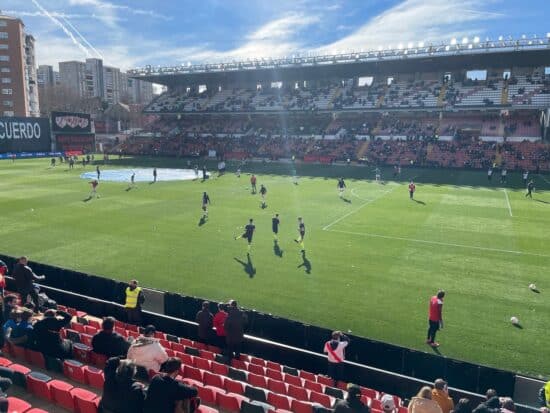

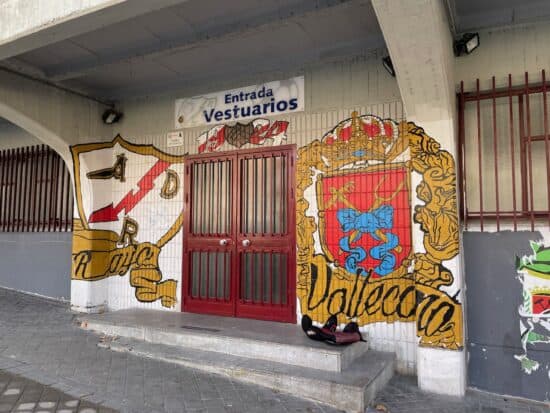
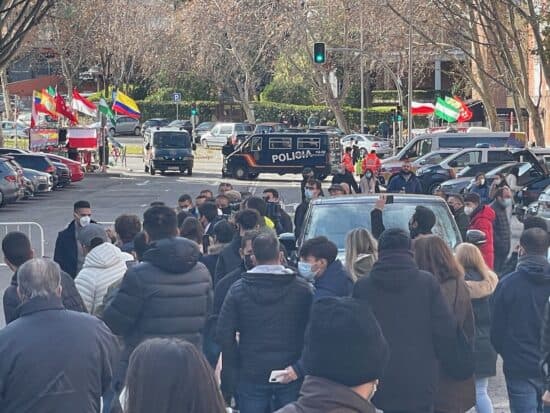

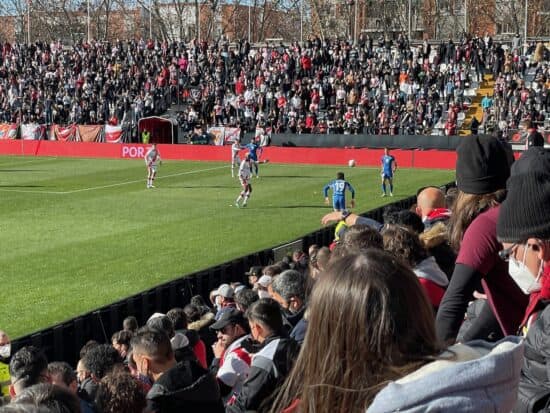
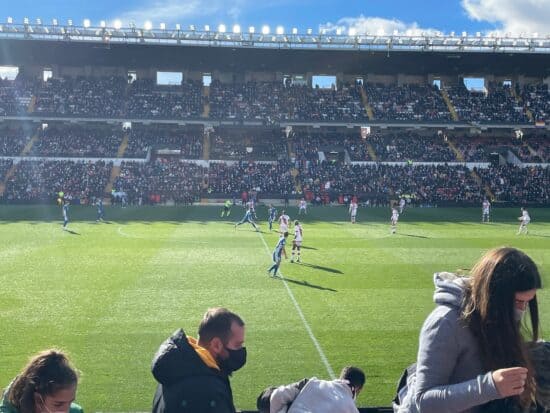

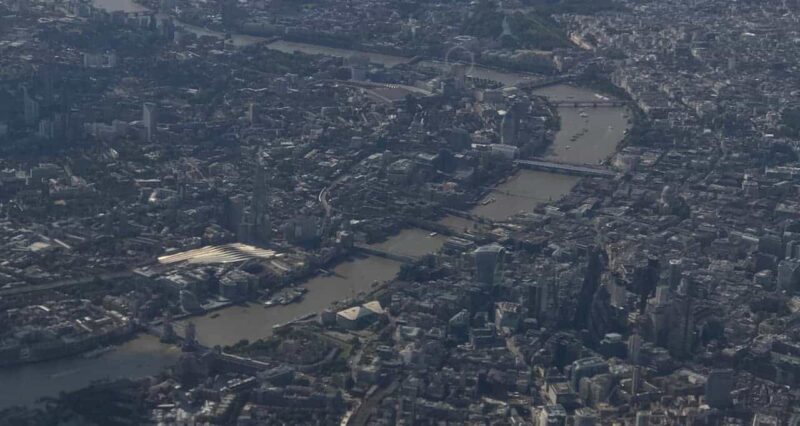
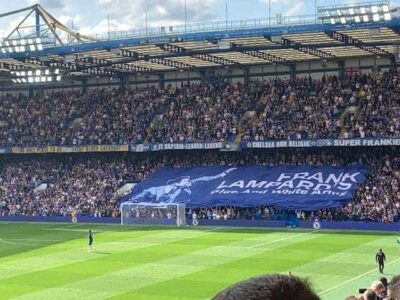

Post Comments